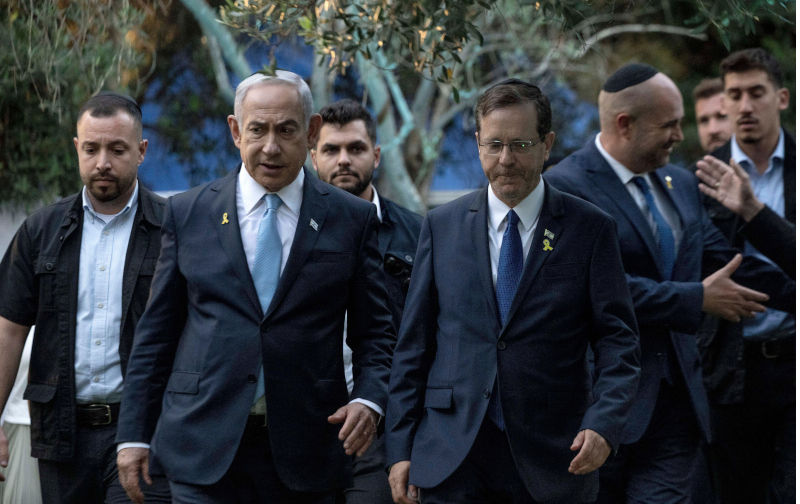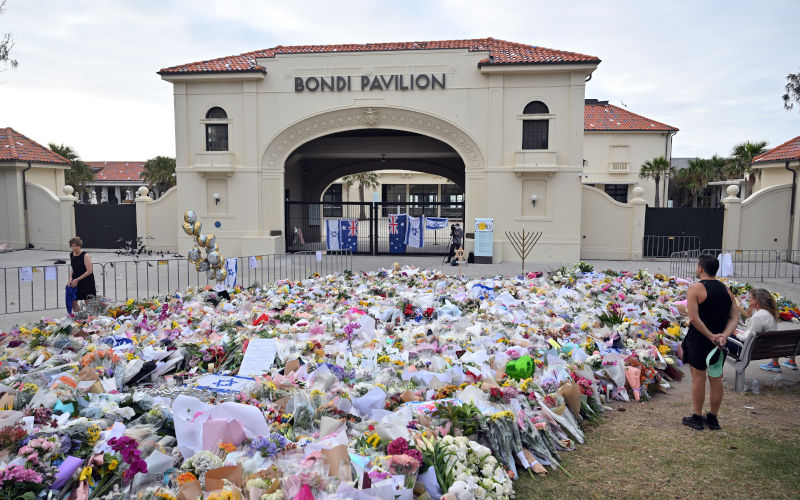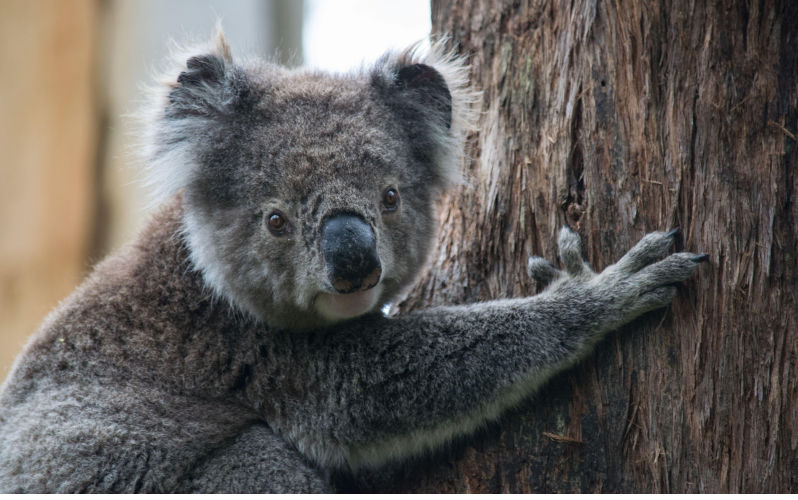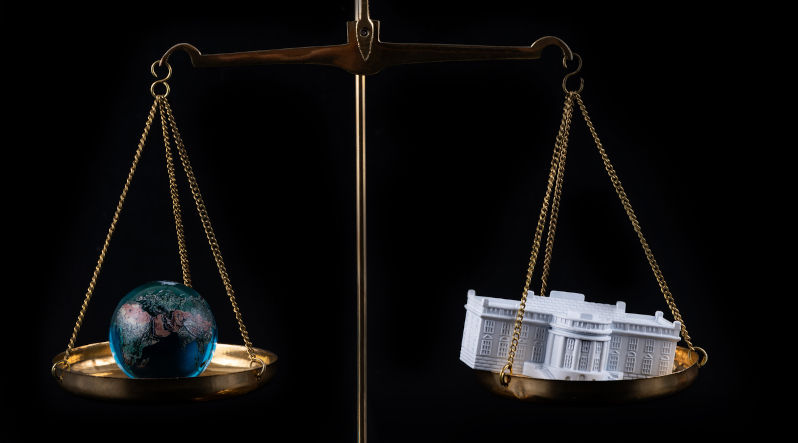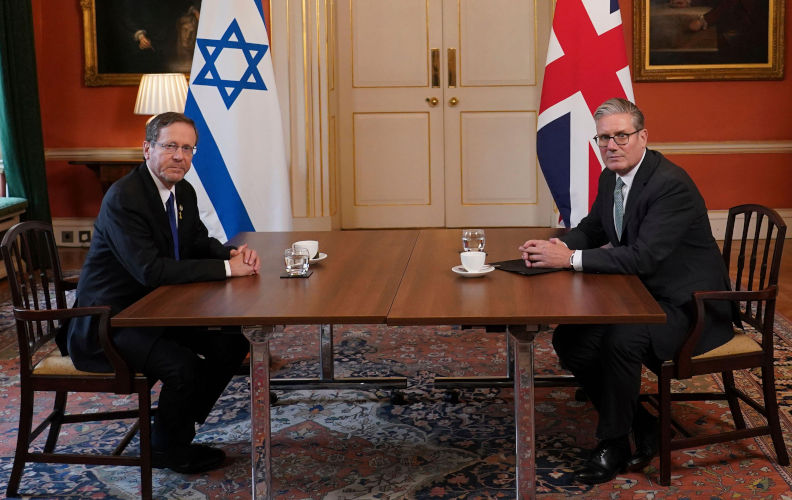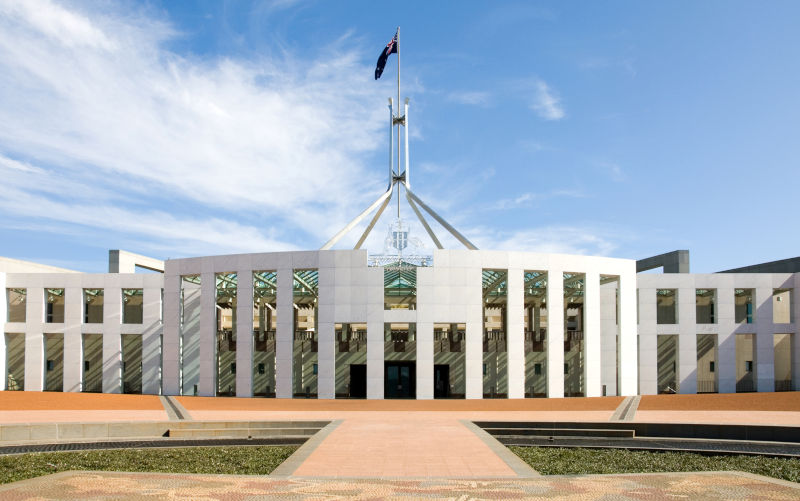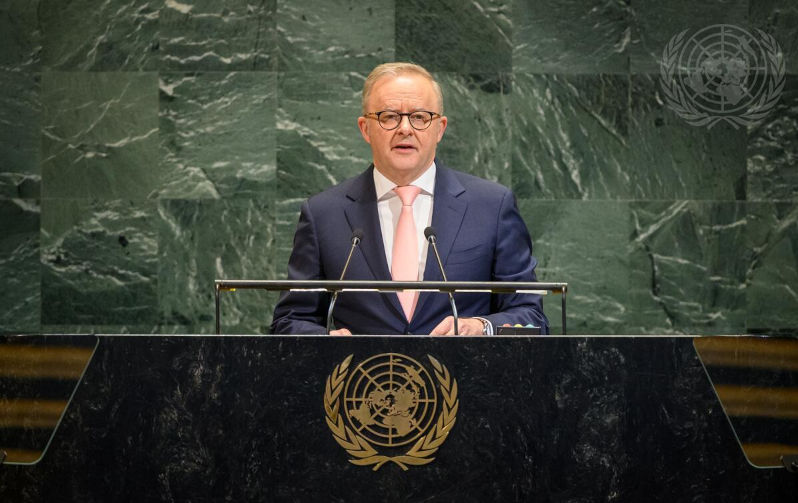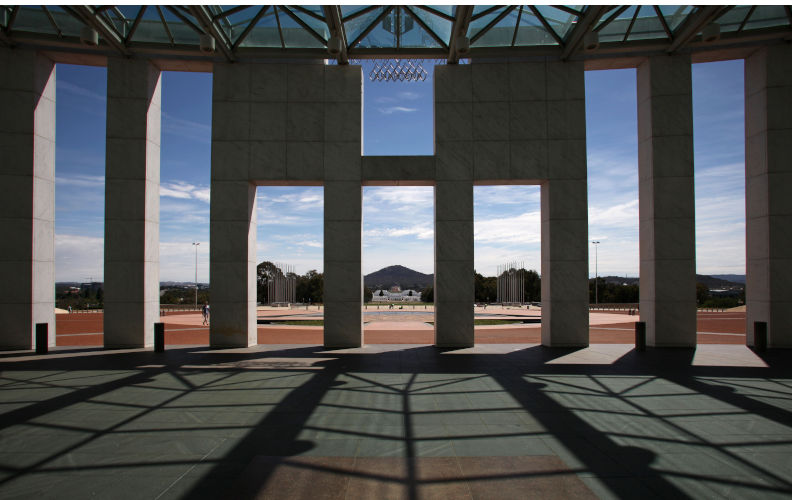
Pearlcasts
As we review 2025, the temptation is to look for neat summaries and settled conclusions.
Go to Pearlcasts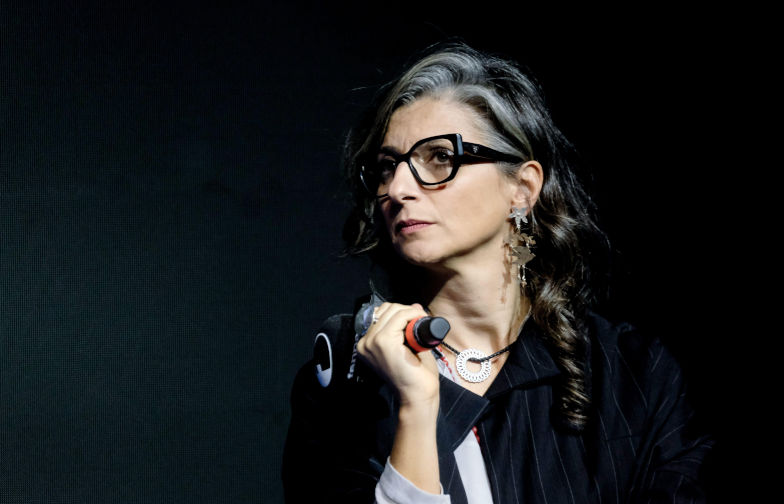
10 January 2026
Francesca Albanese and the lonely road of defiance
The UN special rapporteur investigating Gaza is sanctioned, blacklisted and treated as a criminal. The response reveals how power reacts when accountability is applied to the powerful.
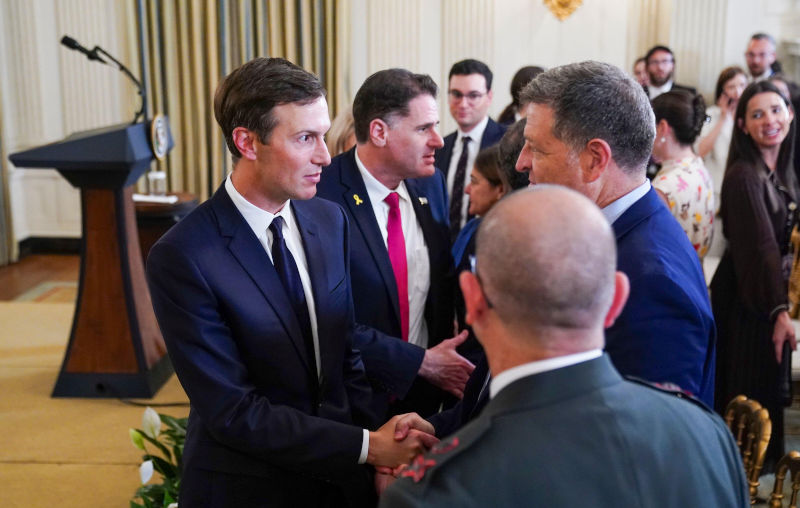
10 January 2026
Best of 2025 - No justice or peace for Palestinians in Trump’s Plan
The Trump Plan is designed to reframe the issues in favour of Israel. Palestinians have been betrayed again.
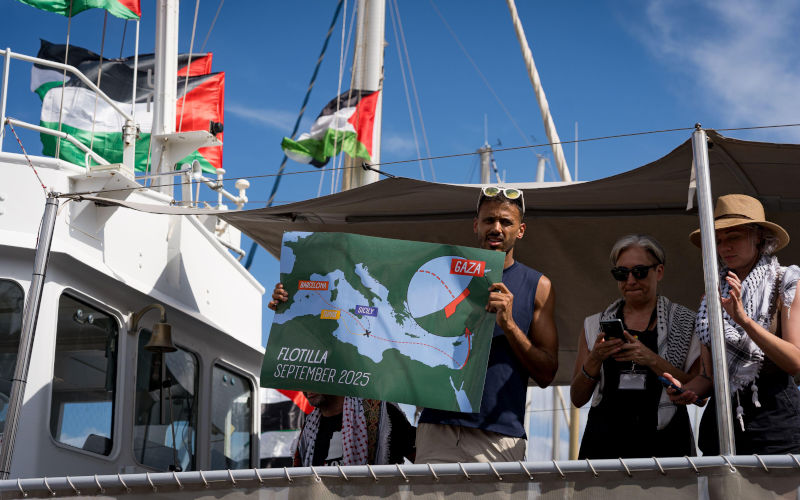
10 January 2026
Best of 2025 - Israel’s interception of the Gaza aid flotilla is a clear violation of international law
The Israel Defence Force has intercepted a flotilla of humanitarian vessels seeking to deliver aid to Gaza, taking control of multiple vessels and arresting activists, including Greta Thunberg.

10 January 2026
Best of 2025 - States increase pressure on Commonwealth to address hospital cost increases
Hark back to December 2023. National Cabinet endorsed a historic agreement setting the parameters for future Commonwealth-state sharing of public hospital costs over the next decade.
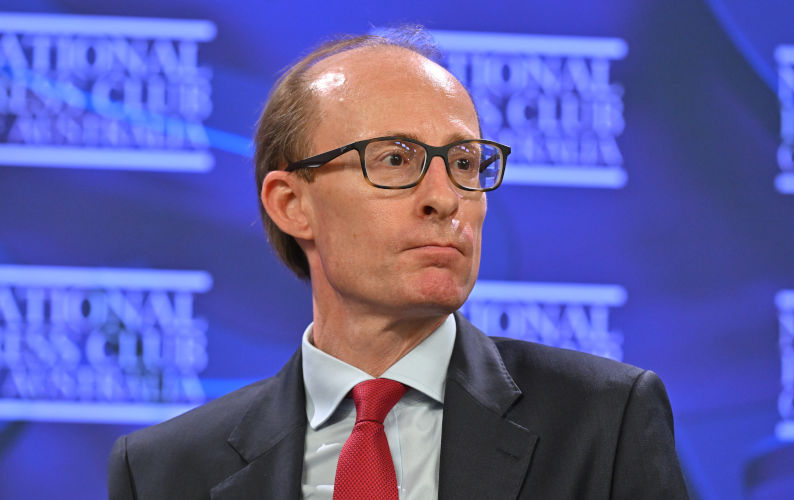
10 January 2026
Best of 2025 - Ben Saul on Palestinian recognition and the Trump plan
At the National Press Club this week, Ben Saul argued that Australia is more than a modest middle power and must step up on Palestine.
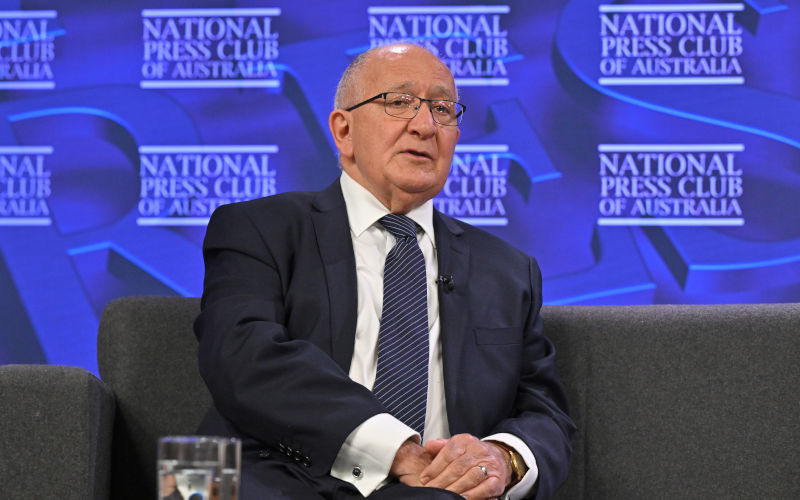
10 January 2026
Best of 2025 - Chris Sidoti's prescription for action on Palestine
At the National Press Club this week with Ben Saul, Chris Sidoti argues that recognition of Palestine is important, but that Australia must also comply with international law obligations, including acting on arrest warrants from the International Criminal Court.
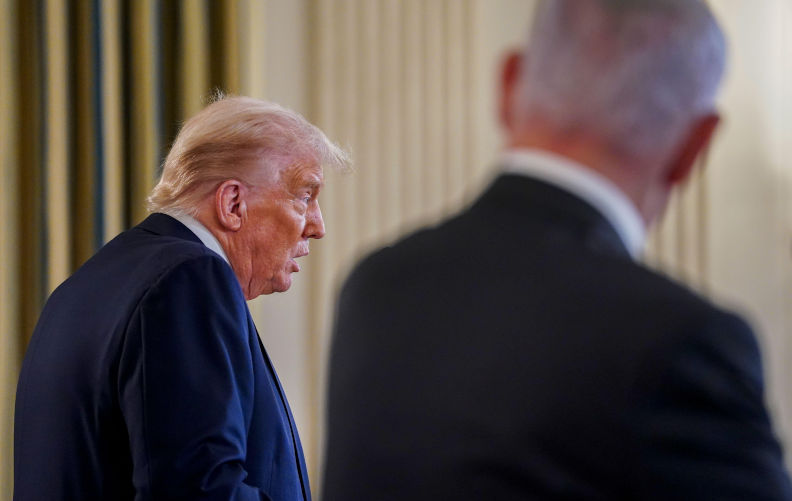
10 January 2026
Best of 2025 - Trump’s mongrel punt
In the Australian vernacular, a mongrel punt is an erratic kick forward of a football which leaves those participating in the game with an awkward choice between contesting possession (possibly at the cost of broken fingers) and waiting to see where the ball bounces.
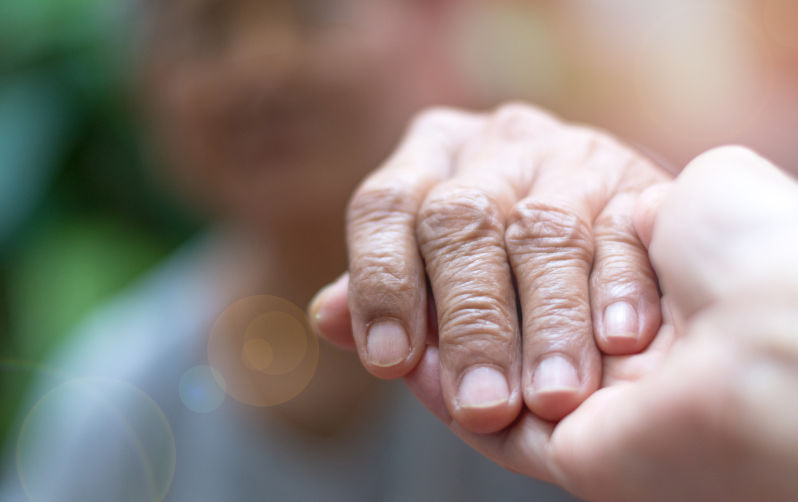
10 January 2026
Best of 2025 - Age policy is a shambles. Where to from here? Part 1 & 2
Wherever you look, at residential aged care institutions, at retirement village life, at the home support package scheme, or talk to the people over 65 — called the old — living at home making no claim on the system, just coping by whatever means they can, this stage of life means grappling with overwhelming challenges.
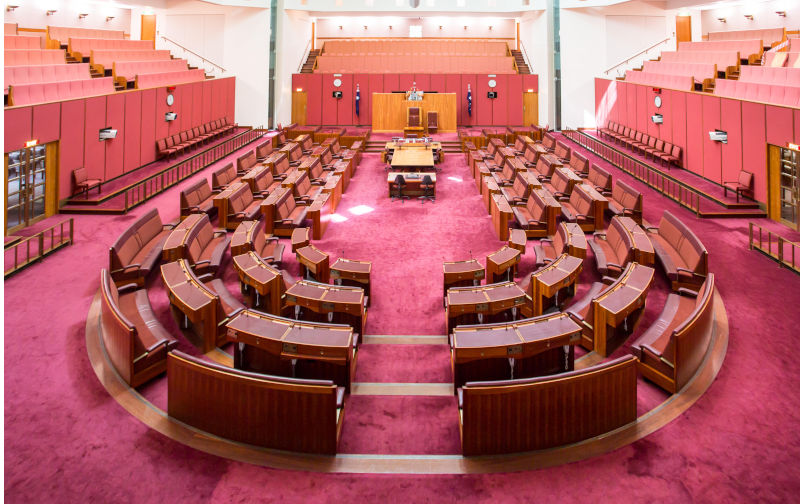
10 January 2026
Best of 2025 - Could the Teals win Senate seats in an expanded parliament?
Important discussions are taking place within the government and before the Joint Standing Committee on Electoral Matters about increasing the size of the federal parliament.
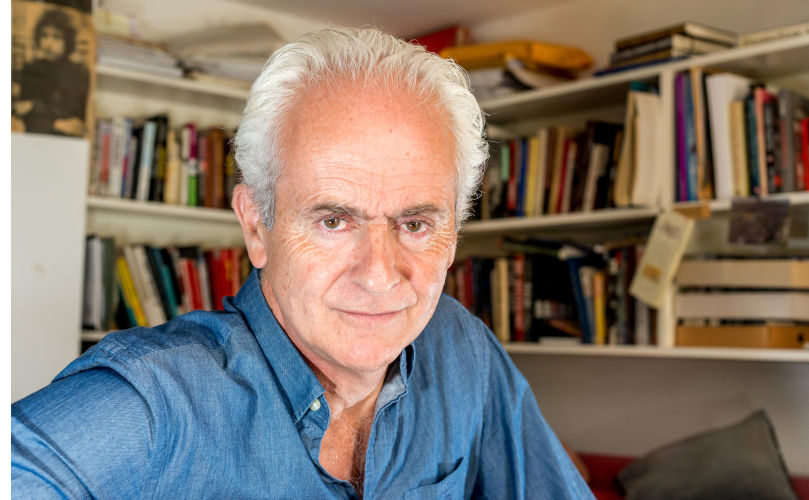
10 January 2026
Best of 2025 - New revelations of the Murdoch empire’s underbelly – From The Hack’s real-life journalist
This is the humblest day of my life, declared Rupert Murdoch to a parliamentary committee on 19 July 2011.
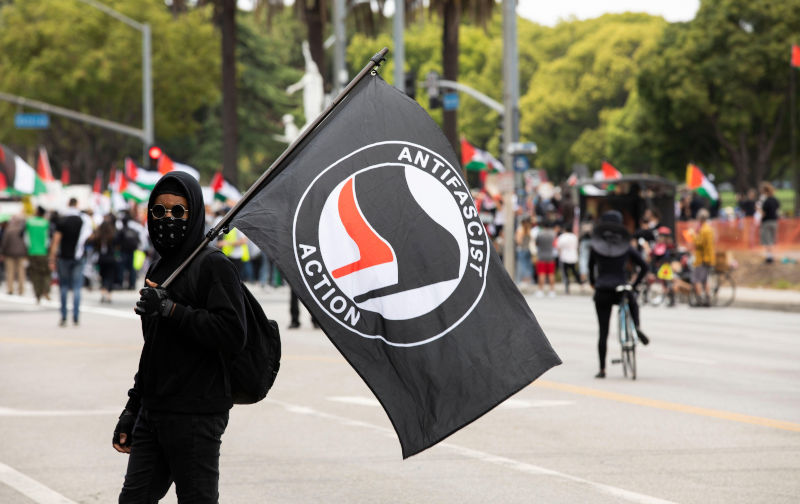
10 January 2026
Best of 2025 - The Chris Hedges Report: We are all antifa now
The designation of the amorphous group antifa as a terrorist organisation allows the state to brand all dissidents as supporters of antifa and prosecute them as terrorists.
Read our series
Latest on Palestine and Israel

10 January 2026
Francesca Albanese and the lonely road of defiance
The UN special rapporteur investigating Gaza is sanctioned, blacklisted and treated as a criminal. The response reveals how power reacts when accountability is applied to the powerful.

10 January 2026
Best of 2025 - No justice or peace for Palestinians in Trump’s Plan
The Trump Plan is designed to reframe the issues in favour of Israel. Palestinians have been betrayed again.

10 January 2026
Best of 2025 - Israel’s interception of the Gaza aid flotilla is a clear violation of international law
The Israel Defence Force has intercepted a flotilla of humanitarian vessels seeking to deliver aid to Gaza, taking control of multiple vessels and arresting activists, including Greta Thunberg.

10 January 2026
Best of 2025 - Ben Saul on Palestinian recognition and the Trump plan
At the National Press Club this week, Ben Saul argued that Australia is more than a modest middle power and must step up on Palestine.

10 January 2026
Best of 2025 - Chris Sidoti's prescription for action on Palestine
At the National Press Club this week with Ben Saul, Chris Sidoti argues that recognition of Palestine is important, but that Australia must also comply with international law obligations, including acting on arrest warrants from the International Criminal Court.

10 January 2026
Best of 2025 - Trump’s mongrel punt
In the Australian vernacular, a mongrel punt is an erratic kick forward of a football which leaves those participating in the game with an awkward choice between contesting possession (possibly at the cost of broken fingers) and waiting to see where the ball bounces.

9 January 2026
Best of 2025 - Recognition of the Palestinian State without halting the genocide: A meaningless decision
Since the occurrence of the war in October 2023, which shocked the conscience of the world, bringing the Palestinian question back to the forefront of international attention, much more legitimacy has accrued to the rights of the Palestinians.

9 January 2026
Best of 2025 - The poisonous chalice of recognition: A double-edged sword for Palestine
While we should not regard it as a “historical moment” or a “game changer”, the recognition does have the potential to help Palestinians lead us into a different future.

Israel's war against Gaza
Media coverage of the war in Gaza since October 2023 has spread a series of lies propagated by Israel and the United States. This publication presents information, analysis, clarification, views and perspectives largely unavailable in mainstream media in Australia and elsewhere.
Download the PDFLatest on China
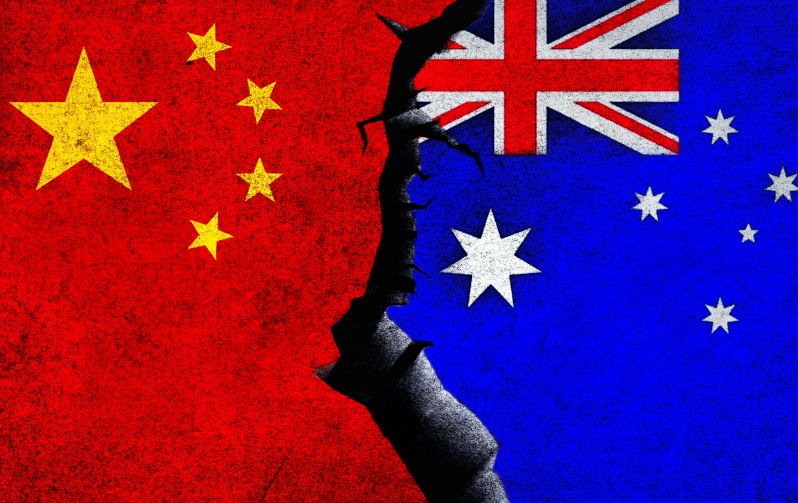
7 January 2026
Best of 2025 - If we want to win the Pacific, we must first listen – and stop blaming China for everything
A 9 September editorial in The Sydney Morning Herald, titled China and Australia in a high-speed race to win control of the Pacific, offered a vivid picture of the daily contest for influence in the region.

6 January 2026
Best of 2025 - Who’s afraid of big, bad China?
Be afraid, be very afraid. But not of China. To the contrary, the proper management of co-operative relations with China is essential to Australia’s future.
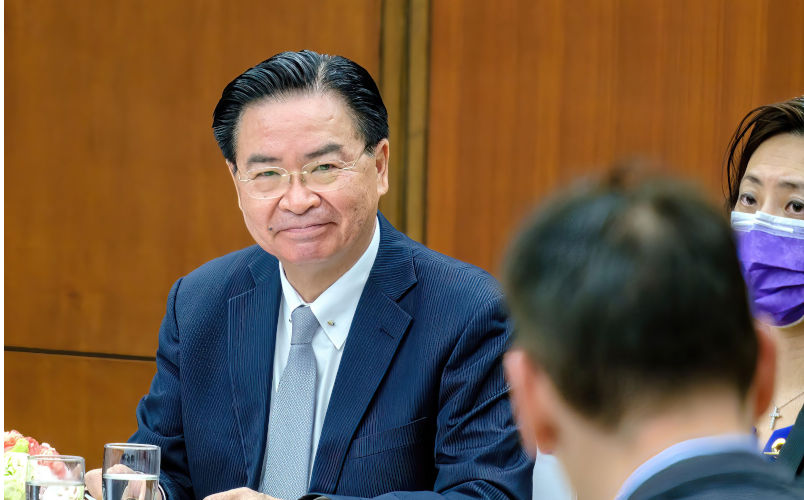
5 January 2026
Best of 2025 - Australia is one trade deal away from backing authoritarians, says Taiwan
In the grand tradition of diplomatic overreach, Taiwan's deputy foreign minister recently offered some sweet and spicy talking points to our media: semiconductors are tanks, China is akin to WWII Germany, and if Australia doesn't fast-track Taiwan into the CPTPP, we might all wake up speaking Mandarin under a fascist AI regime, as reported by News Corp and 7 News.

Support our independent media with your donation
Pearls and Irritations leads the way in raising and analysing vital issues often neglected in mainstream media. Your contribution supports our independence and quality commentary on matters importance to Australia and our region.
DonateMore from Pearls and Irritations
Latest letters to the editor
The people and the common good
Chris Young — Surrey Hills, Vic
Can we discuss degrowth without the ideology?
Jenny Goldie — Cooma NSW
Getting submarines, or funding the US to get them
Les Macdonald — Balmain NSW 2041
Vast educational inequality
Les Macdonald — Balmain NSW 2041
